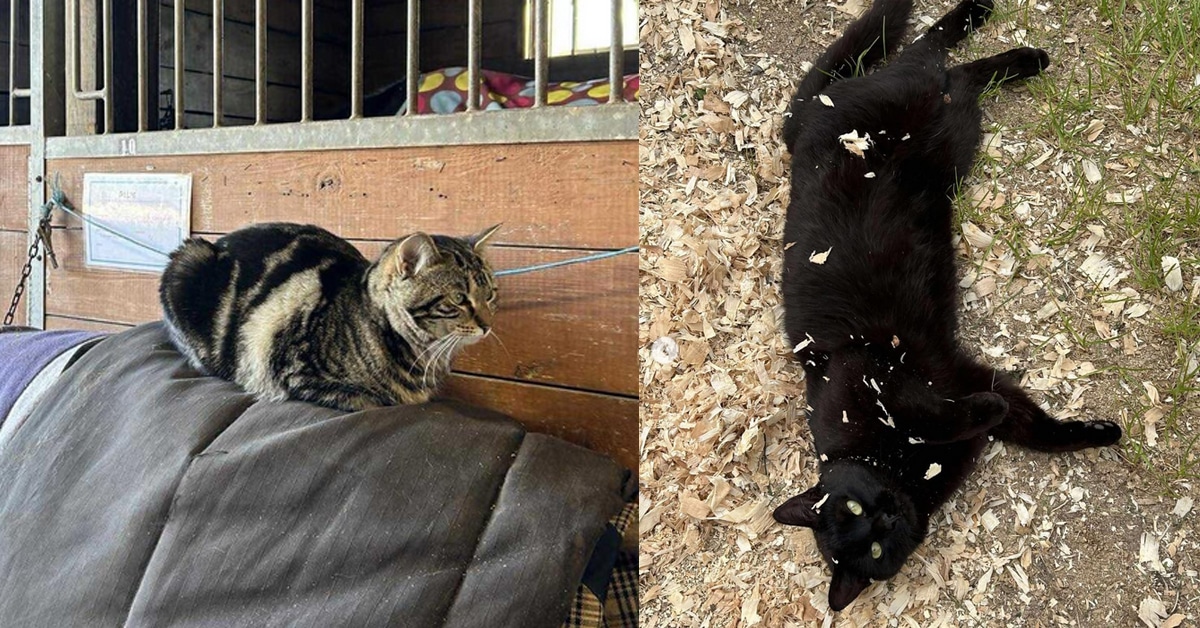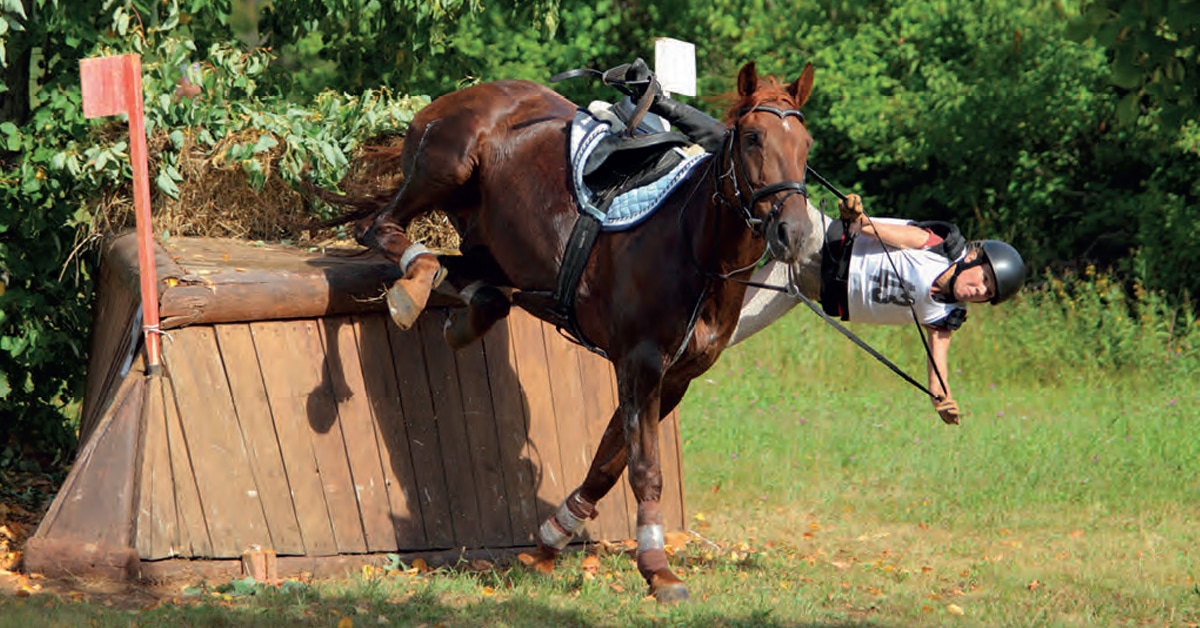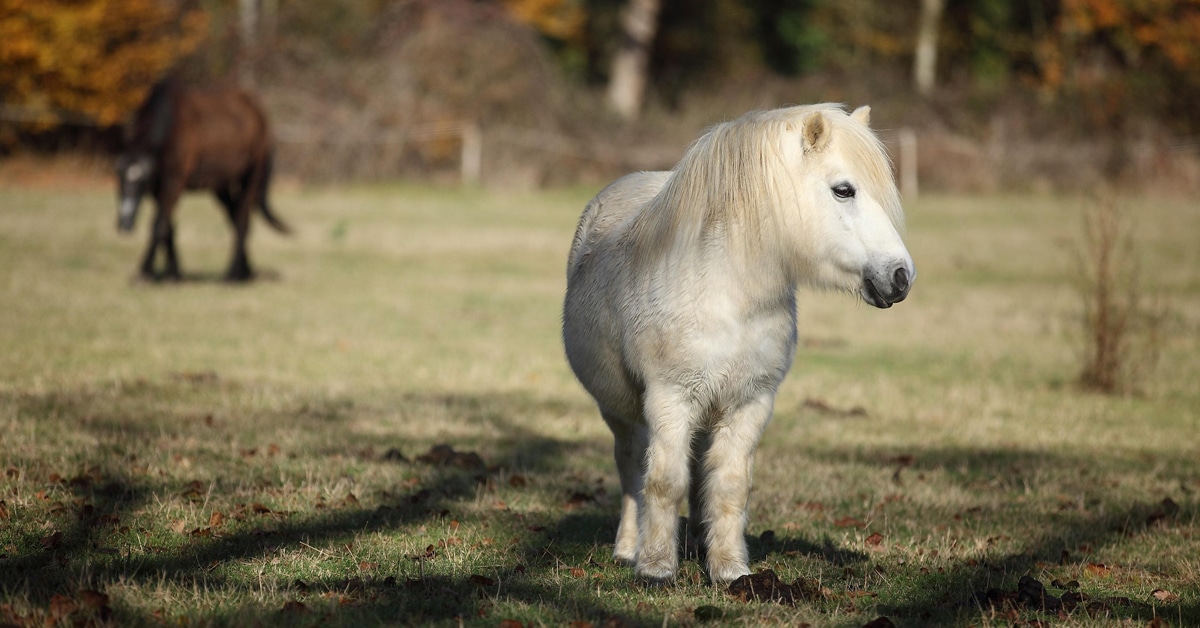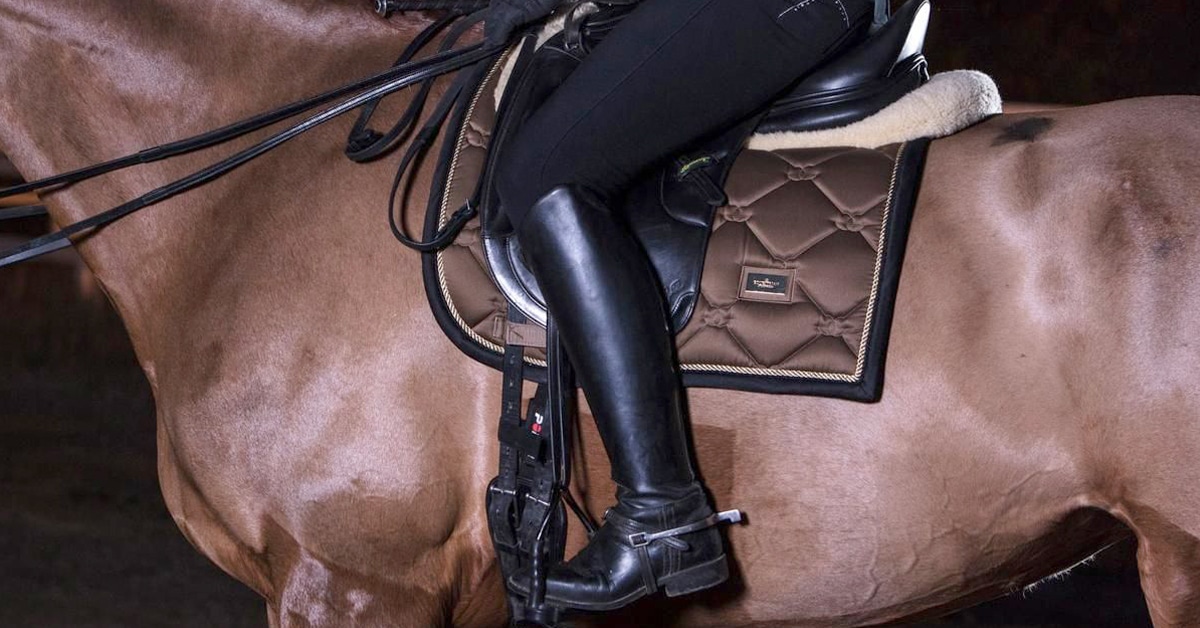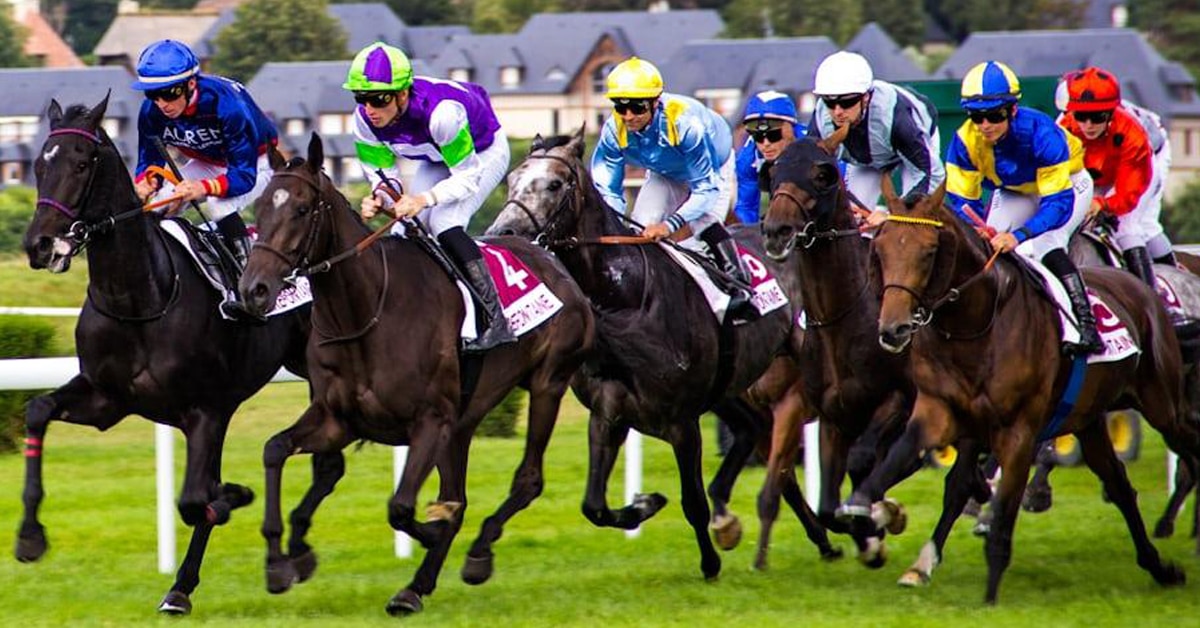Double and triple combinations can be set as part of a hunter, equitation, jumper or three-day event course. Riding combinations leaves little room for error and can cause anxiety for both horses and riders. Whether introducing, retraining or schooling combinations, this exercise offers variations that will catch issues before they occur or discover them early.
Key Performance Objectives
The main objective is to develop or maintain agility, flexibility, coordination, and emotional control for the horse to successfully perform combinations required for competition goals, and maintain a quality canter on the approach and landing of combinations. For riders to develop or maintain dynamic balance, attention and emotional control when riding a combination, and develop or maintain a feel for the correct pace and consistent size canter stride necessary for combinations.
IMPORTANT: It is extremely important to track the number of jumps executed throughout this exercise. It is a high-intensity exercise and the number of jumps add up quickly. Look for signs of fatigue: tension in the body, shorter canter stride, hollow back, poor jumping technique, loss of confidence or relaxation and change in temperament (bucking, bolting, spooking, stopping). Give frequent rest periods with stretching long and low at walk. Tracking also guarantees you are effectively
training horse and rider to meet your overall Yearly Training Plan goals. Ways of keeping track of number of jumps include videotaping, voice recording, clicker counter or simply writing it down – handy if a spotter or your coach can do that.
SET UP
Set 3 jumps in a row: #1 vertical, #2 vertical, #3 oxer
Spacing between jumps:
jump #1 to jump #2 = 7m = 1 canter stride
jump #2 to jump #3 = 10m = 2 canter strides.
If needed, use the same colour poles as fillers (similar to competitions). Cones are set to identify corners. Riding outside the cone will create a deep corner that would help balance the canter before or after the combination; riding inside the cones allows the canter step to stay open and flowing.
STEP #1 – Warm Up Jump
To start this exercise, remove the cups and poles from jump #1 and #3 and place the poles perpendicular at the base of the standards. Set jump #2 as a pole at a comfortable height.
What To Do: Canter back and forth over jump #2, practicing different paces (speed): under the pace, on the pace and over the pace, and alternate riding the corners using the cones with riding inside them. Finish with walking long and low, allowing the horse to stretch during recovery time.
How To Do It: Rider will look early through the turn for the track – the middle of the vertical plus a straight line before and after the jump.
Riding under the pace – These are the aids for the half-halt to shorten and maintain the canter step:
- keep a slightly open hip angle in a modified three-point position.
- seat and heel become a little deeper.
- increase leg pressure to drive the horse a little forward.
- elbows bent and with slightly more contact with fingers, resist the increased forward motion.
- as the rider feels the horse transfer weight to the hindquarters, soften the feel in the fingers.
Riding on or over the pace – These are the aids for lengthening and maintaining canter step:
- maintain balanced upper body in a two-point position.
- squeeze with the inner calves at the girth.
- arms give a little towards the bit.
- ensure the contact is elastic to allow the horse’s nose and neck to stretch out enough for the canter step to cover more ground.
- if the step increases or is unbalanced, half-halt when the seat brushes the saddle, enabling the horse to transfer weight back again.
When To Do It: At the start, the coach will call out early which pace and corner to ride and which pace to effectively school the horse for self-carriage on landing. Part way through the rider will make those horse training decisions.
Why To Do It: Alternating canter paces can be a calming exercise for a horse leading up to riding jumps on the pace. Cantering a jump at different paces develops a rider’s eye for seeing distances at different speeds. Jumping a single fence over the pace builds emotional control and confidence without the added complexity of a combination for horse and rider.
STEP #2:
Set jump #3 (oxer) up at a comfortable height creating a two-stride combination.
What To Do: Rider will canter the 2-stride in both directions on the pace. On the approach they will ride inside the cone to keep the canter step open and flowing, and on the landing alternate riding inside or outside the cone depending how the horse feels on the landing. If the horse feels heavy/strung out they will ride the deeper corner outside the cone to help rebalance. If the horse feels responsive and light they will ride inside the cone, keeping a consistent on-the-pace canter step. Finish with walking long and low, allowing the horse to stretch during recovery time.
How To Do It: Rider will look early through the corner, lining up the middle of both jumps in a straight line before and after the 2-stride. Rider will use half-halts from Step #1 to keep an even on-the-pace canter stride. On the take-off to the first jump, rider looks inside or outside the cone to prepare for riding the corner. Track the number of jumps.
When To Do It: Coach and rider will alternate making horse training decisions – how early to be on the pace and what corner to take on the landing. The coach will use instructional or questioning feedback to assist rider in these decisions.
Why To Do It: Jumping a 2-stride combination helps develop horse’s strength, flexibility, agility and coordination, as well as the rider’s dynamic balance, preparing them both physically for the competition ring. Transferring the responsibility of horse training decisions to the rider builds confidence.
STEP #3:
Set jump #1 up at a comfortable height, creating a triple combination as illustrated in Diagram 1.
What To Do: Rider will canter the triple combination in both directions on the pace. They will ride inside the cone to the triple combination and alternate riding inside and outside the cones on the landing depending how the horse feels landing (same as in Step #2). Finish with walking long and low, allowing the horse to stretch during recovery time.
How To Do It: Rider will look early through the turn, lining up the middle of all 3 jumps in a straight line before and after the combination. Rider will use half-halts from Step #1 to keep an even on-the-pace canter step. On the take-off of the first jump, rider looks for tracking for landing corner (inside or outside the cone). Track the number of jumps.
When To Do It: Same as Step #2 – the coach and rider will alternate making horse training decisions: when to establish on-the-pace and which corners to ride to effectively school the horse toward self-carriage after the triple combination. Coach will use questioning/feedback or instruction to assist rider in these decisions.
Why To Do It: Jumping triple combinations will be a requirement in a jumper competition course. Jumping a triple combination helps develop the horse’s muscles to be more elastic, strength-flexibility, strength, speed and agility as well as the rider’s dynamic balance. Finishing by stretching long and low at walk will help relax tense muscles. Transferring the responsibility of horse training decisions to the rider teaches self coaching skills necessary in High Performance.
STEP 4:
Start of warm down. Take down jumps #1 & #3 and canter jump #2 under the pace. Ending on a single fence under the pace will help release any tension. Finish training session with 5 – 10 minutes long-and-low at trot and then walk. This will redistribute blood flow and remove any lactate build up from the muscles.
VARIATIONS:
- Step #2 – ride the one-stride combination first instead of the two-stride.
- Vary the jumps: vertical, oxer, oxer; vertical, vertical, vertical, etc. Each offers a different physical challenge for horse and rider.
- Once having ridden Steps #1, 2, and 3, then school it in reverse order: triple combination -> double combination -> single jump.
- At any time a horse or rider is losing technique or confidence training can go back to the previous step to identify the difficulty and rebuild confidence.
Triple combinations challenge a horse’s balance, agility, coordination, quality of canter and focus. They challenge a rider’s dynamic balance, concentration, coordination of aids and emotional control. Training using a step building process will ensure technical skill, physical ability, emotional control,
concentration and confidence are preserved in both horse and rider.
The Latest
